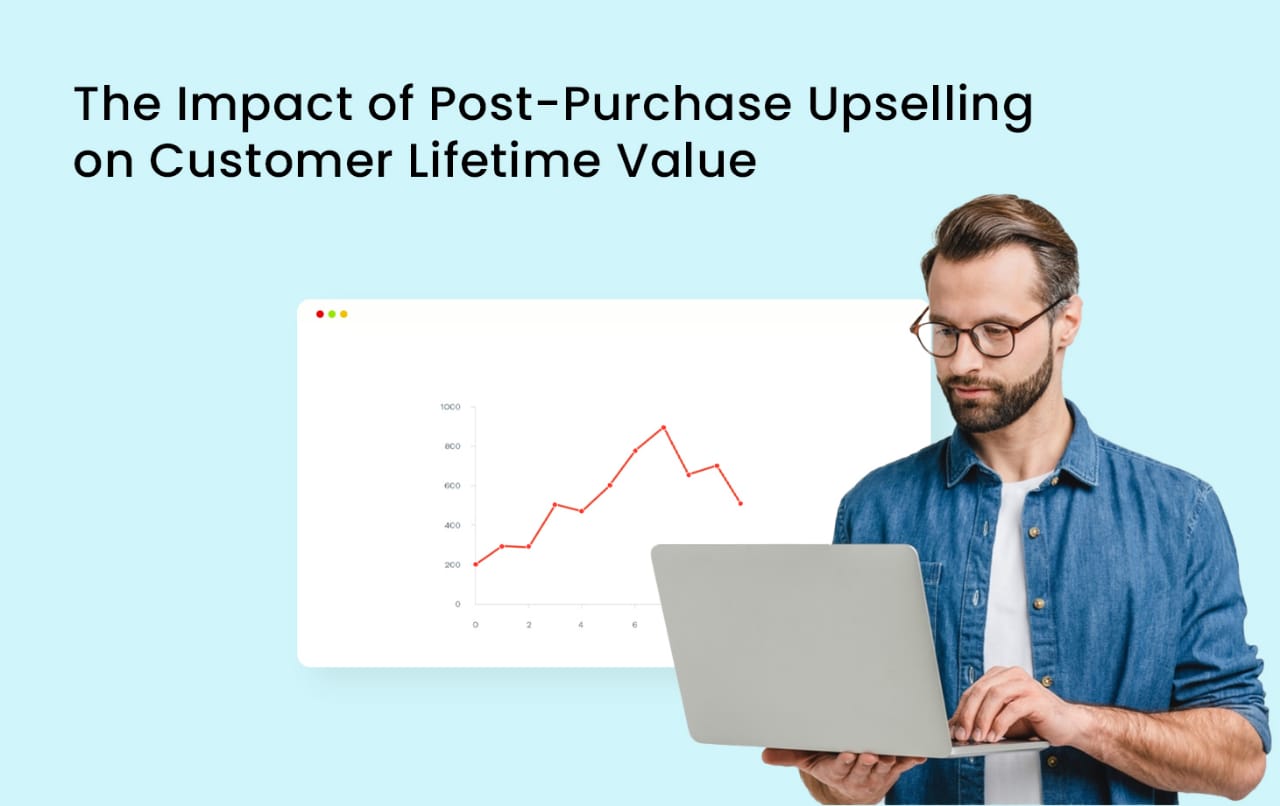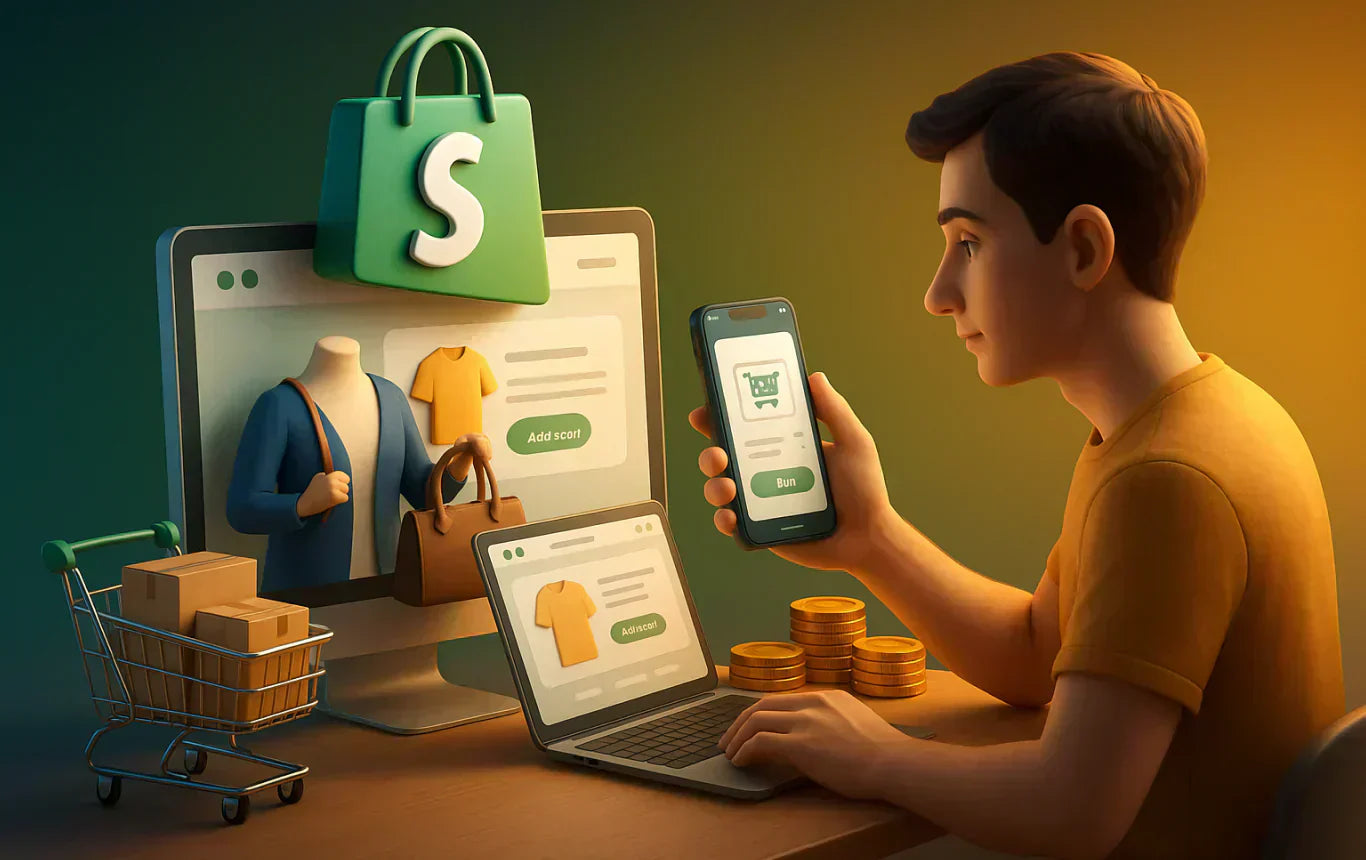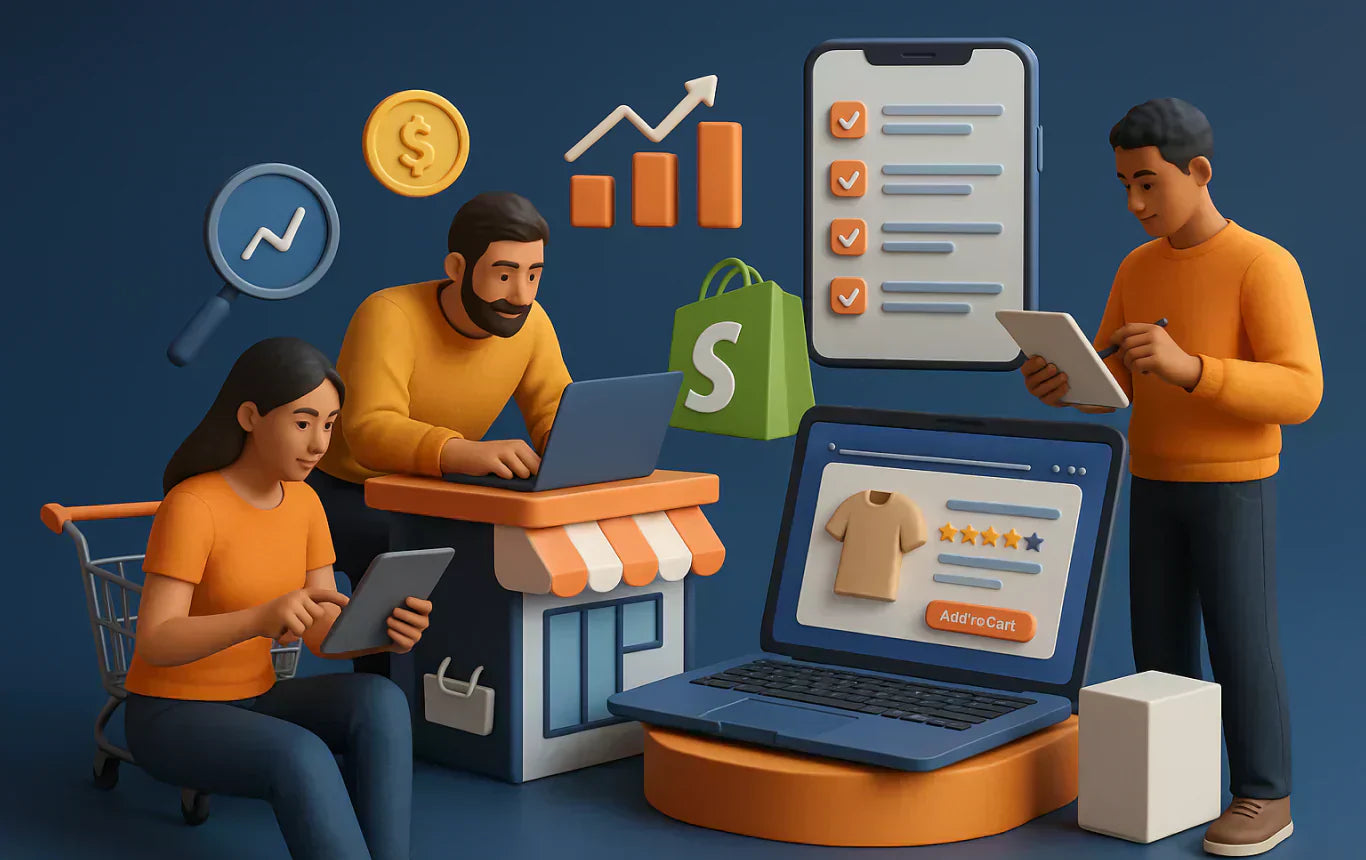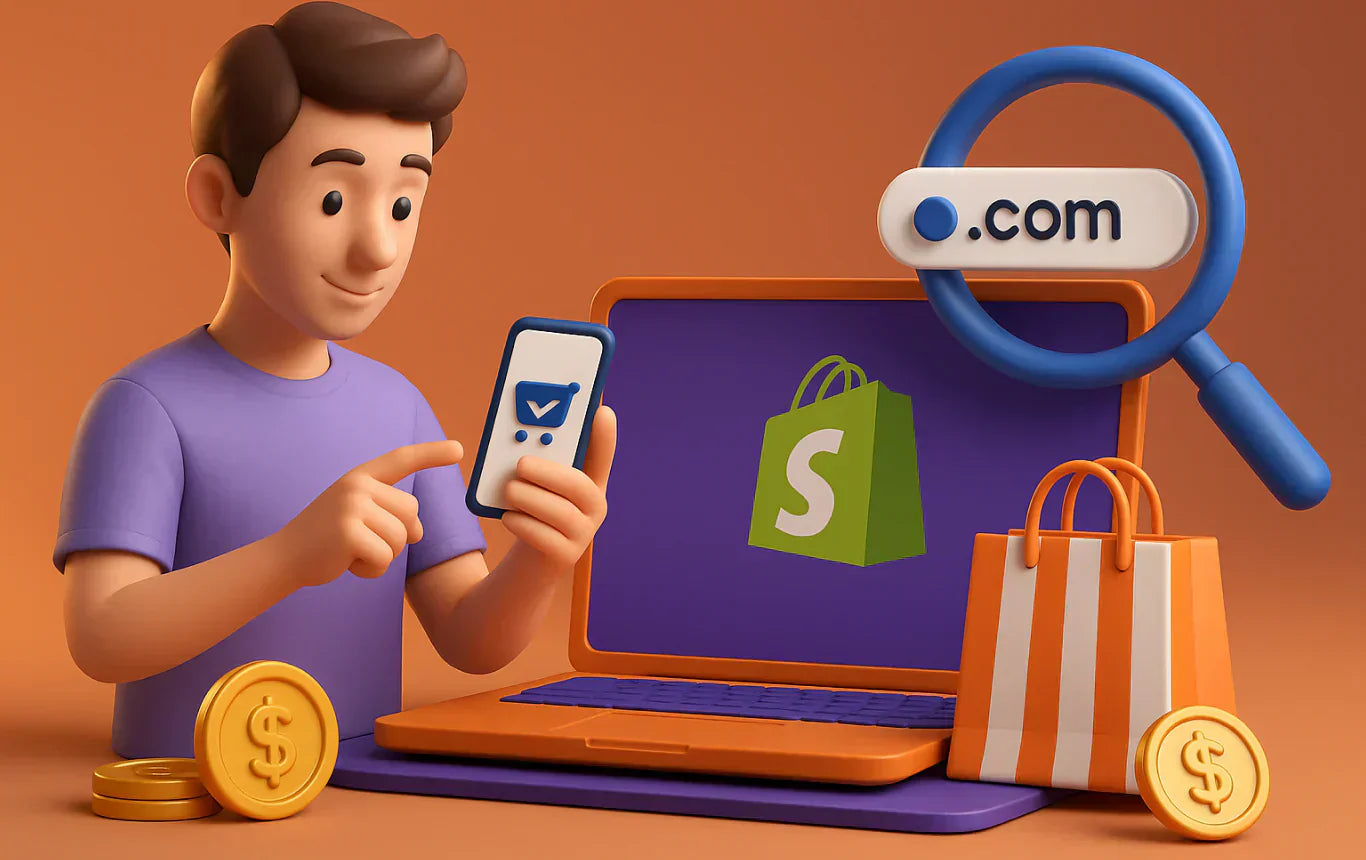Table of Content
In the realm of e-commerce, the customer journey extends far beyond the point of a successful purchase. It unfolds as an ongoing evolution, ripe with opportunities for businesses to deepen their connections with customers and, correspondingly, elevate their revenue streams. A strategic approach that has gained substantial traction in recent years is post-purchase upselling, a dynamic force that wields a profound impact on Customer Lifetime Value (CLV).
This blog delves into the essence of post-purchase upselling, and the significance of customer lifetime value, and offers expert insights into implementing post-purchase upselling strategies aimed at augmenting CLV.
Unraveling Post-Purchase Upselling

Before we unravel its influence, let's first grasp the concept of post-purchase upselling. Unlike its pre-purchase counterpart, post-purchase upselling comes into play after a customer has successfully completed a transaction. It involves presenting customers with offers for complementary or upgraded products or services, further down the road in their customer journey.
Consider this scenario: You've just purchased a brand-new smartphone online. Upon completing your purchase, you encounter an enticing offer to elevate your experience, such as purchasing a superior phone case or accessories such as headphones or a screen protector. This is post-purchase upselling in action.
Understanding Customer Lifetime Value
What exactly is Customer Lifetime Value (CLV), and why is it essential? CLV, sometimes referred to as Lifetime Value (LTV), represents the financial worth of a customer throughout their interactions with your business.
Understanding CLV is crucial for your business, as it serves as a pivotal metric. It not only quantifies a customer's value but also offers valuable insights into the strategic aspects of your sales and marketing endeavors.
Here's the formula to calculate your Customer Lifetime Value:

Let's illustrate this with an example: Imagine a loyal customer who frequently shops at your fictional online clothing Shopify store. Each time she shops, she spends an average of $350 on outfits, and she does so 12 times a year.
So, her annual spending with our boutique would be:
$350 (per outfit) x 12 (visits per year) = $4,200
A customer who consistently spends over $4,000 annually demonstrates a strong product-market fit. This not only validates your business but also facilitates the development of effective marketing strategies targeting your ideal clients. Building a base of loyal customers with repeat purchases ensures a steady cash flow for your business.
Now, why is Customer Lifetime Value (CLV) crucial for your business? Simply put, you can't enhance what you don't measure. CLV stands as one of the most vital metrics for assessing the sustainability of your business. On the sales front, it enables more accurate forecasting and empowers management to make well-informed decisions regarding inventory, production, staffing, and other operational expenses.
The Potential of Post-Purchase Upselling For Customer Lifetime Value
Now, what renders post-purchase upselling such a potent strategy, and how does it impact Customer Lifetime Value?
Let’s take a look at a few ways post-purchase upselling enhances customer lifetime value.
1. Enhancing Average Order Value (AOV): Post-purchase upselling encourages customers to spend more during their initial purchase by presenting them with relevant and appealing personalized product recommendations. This results in higher transaction values, directly impacting revenue. With Shopify Apps such as HypeUp, you can grow your average order value significantly.
2. Fostering Customer Loyalty: When customers feel that a business understands their needs and continues to offer value even after the sale, it creates a positive shopping experience. This fosters customer loyalty, leading to repeat purchases and an extended customer relationship. The longer a customer chooses to engage with your business, the more likely their lifetime value grows.
3. Extending Customer Engagement: Post-purchase upselling extends the duration of the customer relationship beyond the initial transaction. Businesses can continue to engage with customers by providing tailored solutions and relevant offers as their needs evolve, keeping them connected over time.
4. Increasing Repeat Purchases: By presenting customers with enticing offers for complementary or upgraded products, post-purchase upselling encourages repeat purchases. Customers are more likely to return to a business that consistently adds value to their shopping experience. It also costs less to retain existing customers instead of acquiring new customers, saving you excess costs and enhancing profits.
Through the contributions of each of the benefits mentioned above, the ultimate impact of post-purchase upselling shines on enhancing the customer Lifetime Value. As you strengthen your relationship with customers and they continue to make additional purchases, their CLV experiences a substantial surge.
Effective Post-Purchase Upselling Strategies To Grow CLV
To harness the full potential of post-purchase upselling positively for customer lifetime value, businesses must employ effective strategies:
1. Segmentation: Segment your customers based on their purchase history, preferences, and behavior. This allows you to offer personalized upsell recommendations that resonate with each segment.
2. Relevance: Upsell offers should be highly relevant to the customer's initial purchase. If a customer buys a camera, offering them a tripod or extra memory cards makes sense, while offering them unrelated items may be off-putting.
3. Timing: The timing of your upsell offers is crucial. Present them at the right moment, such as during the checkout process or in follow-up emails, when the customer's interest is still high.
4. Value Proposition: Clearly communicate the value of the upsell. Explain how the additional product or service enhances the customer's experience or solves a specific problem.
5. A/B Testing: Continuously test different upsell offers and messaging to determine what resonates best with your audience. Use data-driven insights to refine your approach.
Top App For Post-Purchase Upselling
In your pursuit of effective post-purchase upselling, we're here to streamline your journey by recommending the ideal Shopify app for post-purchase upselling & engagement, HypeUp.

HypeUp is your trusted ally, opening doors to a new realm of revenue expansion. With this app, envision a significant boost in your Average Order Value (AOV) while maintaining a steady 0% increase in customer acquisition costs. How does it work? HypeUp leverages the power of upselling and cross-selling by delivering personalized product recommendations on the post-purchase page like never before.
However, HypeUp doesn't stop at enhancing AOV. It places a strong emphasis on elevating customer engagement and nurturing loyalty. Through the utilization of Display Notifications & Banner, you have the opportunity to seamlessly integrate informative banners, visually captivating images, and compelling messages that enhance the entire shopping journey. This personalized approach not only earns appreciation from your customers but also increases the likelihood of them returning for future transactions and contributing to the growth of your customer lifetime value.
Conclusion
Post-purchase upselling is not just a strategy to boost immediate sales; it's a powerful tool for increasing Customer Lifetime Value. By providing enhanced customer experiences, increasing AOV, and extending customer relationships, businesses can drive long-term success and foster brand loyalty.
When implemented effectively, post-purchase upselling can have a transformative impact on your e-commerce business's bottom line and the overall satisfaction of your customers. Follow SANOMADS expert tips from this article and you soon be reaping the benefits.










